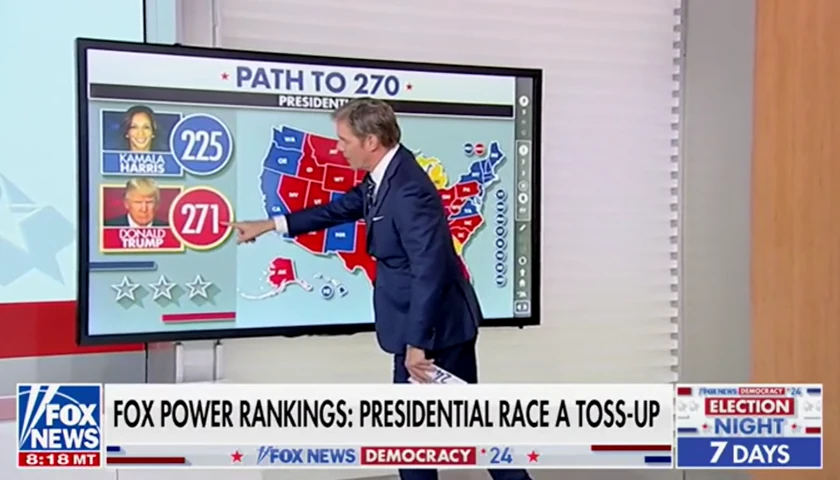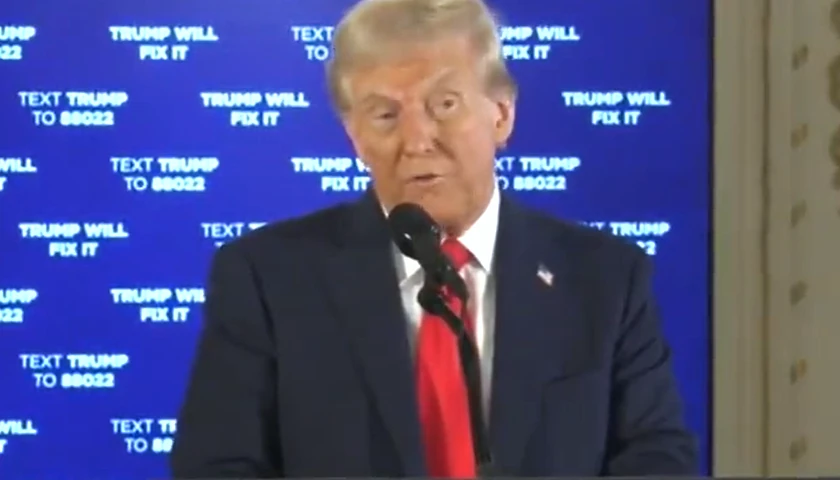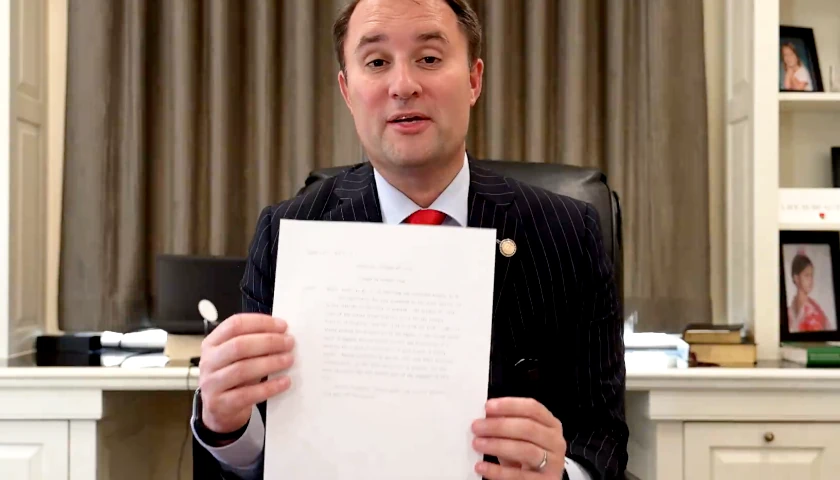by Jack Elbaum
If one needed any more proof that rent control laws suppress investment in new housing, then it is not necessary to look any further than this recent survey from the National Apartment Association. They found that “Over 70% of housing providers say rent control impacts their investment and development plans; actions include reducing investments, shifting plans to other markets, and canceling plans altogether.”
This is significant for two reasons. The first is that there is something of a rent control renaissance happening right now across the country. There are major cities — and even whole states such as New York and Colorado — that are currently considering implementing rent control.
The second is that there is a national housing shortage. All recent studies agree on this, but there are various estimates as to how severe it is. The Wall Street Journal suggests that the gap between the current number of housing units and how many we need is somewhere between 7.3 million and 1.3 million.
Considering the revival of rent control advocacy and legislation — and the legitimate problems housing shortages create in the form of high prices — it seems warranted to consider the actual effects that rent control may have on housing markets.
Rent Control, Considered In Theory
The instinct to look for a solution to high housing prices and a housing shortage is certainly understandable. It is the job of politicians to assess the conditions in their jurisdiction and craft policy accordingly. The issue in his case, however, is that rent control exacerbates the exact problem it attempts to solve: namely, high housing prices.
The reason it makes the problem worse is that it skews the incentives associated with housing such that there is little to no motivation to build more of it. Under rent control, the city limits — and sometimes completely erases — the profitability of new housing projects by imposing a ceiling on the price a landlord can charge for rent. But the only reason one would make the decision to invest in new housing construction in the first place is if one believes it would be profitable. Most economists, including prominent figures decidedly on the left, recognize that this leads to profound housing shortages.
In 2000, Paul Krugman described rent control as “among the best-understood issues in all of economics, and — among economists, anyway — one of the least controversial. In 1992 a poll of the American Economic Association found 93 percent of its members agreeing that ‘a ceiling on rents reduces the quality and quantity of housing.’” Consequently, in non-rent-controlled units, prices skyrocket due to the constrained supply. In rent-controlled units, a small number of people receive the benefits of paying rent below the market price.
And what to make of the argument that the real reason housing prices are high is because of price gouging? While there is no formal law that would prevent a landlord from charging exorbitant prices under a free market condition, the constraint is inherent in competition. If one charged wholly unreasonable prices, then consumers would simply decide to rent a different unit, owned by someone else, instead. This would incentivize the person who was charging prices that were too high to lower his prices — lest he be left with no tenants. The issue is that when housing supply is constrained, prices rise because 1) prices are subject to the underlying realities of supply and demand and 2) there are fewer options and therefore less competition.
This is why the housing providers mentioned in the survey above overwhelmingly said that rent control would negatively affect their investment and development plans.
Rent Control, Considered In Practice
This is not just true in theory, but in practice as well. St. Paul Minnesota is a case study in the allure — but ultimate failure — of rent control.
In November 2021, the citizens of St. Paul, Minnesota passed rent control through referendum. As is always the case with those who favor rent control, voters hoped that it would help lower housing prices in the city. Yet, data showed that in the six months after it passed, the number of building permits issued for housing decreased by 84% — from 2,180 permits down to 352 — relative to the same period during the prior year. And although the policy had not even gone into effect six months after it had passed, producer expectations are a crucial determinant of supply.
Less than a year it was initially passed, the St. Paul City Council passed a “sweeping overhaul” to the ordinance that ensured “New construction and affordable housing will be exempted from the ordinance.” In other words, after only a few months of the policy in place, the city recognized the extent to which it would have a negative impact on housing construction and essentially removed it. To exempt new construction is to insulate the ordinance from its worst effects. This is a good thing, but it is unfortunate that St. Paul had to learn it through experience.
Beyond St. Paul, three Stanford University professors — two in the business school and one in the economics department — studied the effects of rent control in San Francisco. They found that “landlords treated by rent control reduced rental housing supply by 15%, causing a 5.1% city-wide rent increase.”
Additionally, a recent literature review on rent control found that it “shrink[s] the supply of rental units by making developers less inclined to build new housing” and that “the impact of rent control laws is greatest on the rent-controlled stock itself, as rent control incentivizes landlords to convert their rental apartment buildings to condominiums to escape the impacts of the law.” Consequently, prices go up.
On Prices, Listen To Hayek
We learn from the various failed attempts to implement rent control that there is really only one way to lower housing prices when there is a shortage: build more housing.
Aside from the real-world examples we saw, famed economist F.A. Hayek also had an explanation, and it centered on the nature of prices. He primarily sees prices as signals; they signal information to producers about what, and how much of a given product, to produce and they signal information to consumers about what, and how much of a given product, to purchase.
Implicit in this idea is that even though prices may be nominal, they are based on very real conditions. In other words, the intimate relationship between prices on one hand and supply and demand on the other is not made up. After all, if it was made up, then prices would not signal any information.
Thus, the only way to alter prices without significant unintended consequences, like housing construction plummeting, is by changing the underlying reality and market dynamics (ie. removing barriers to building new housing so that prices can reduce organically). To try and change prices through government fiat is to impose a wholly inauthentic set of signals onto the market.
It may be possible to reduce the top-line price in the short run; but, ultimately, there is no escaping the law of unintended consequences.
– – –
Jack Elbaum was a Hazlitt Writing Fellow at FEE and is a junior at George Washington University. His writing has been featured in The Wall Street Journal, Newsweek, The New York Post, and the Washington Examiner. You can contact him at [email protected] and follow him on Twitter @Jack_Elbaum.








